BAFI 1014 Personal Wealth Management: Case Study Assessment
VerifiedAdded on 2022/12/14
|7
|737
|109
Practical Assignment
AI Summary
This practical assignment is a case study analyzing the financial situation of Alex and Rachel William. The assignment focuses on calculating their tax liabilities, including individual and combined tax scenarios, capital gains tax from share sales, and the impact of capital losses. It also assesses the expected return from Alex's superannuation account and suggests adjustments to his investment strategy based on his changing risk profile. The solution includes detailed calculations, figures, and a bibliography of relevant sources. The student explores the benefits of tax splitting and provides financial planning advice considering the couple's assets, income, and liabilities, as outlined in the provided case study brief for BAFI1014 Personal Wealth Management.
1 out of 7
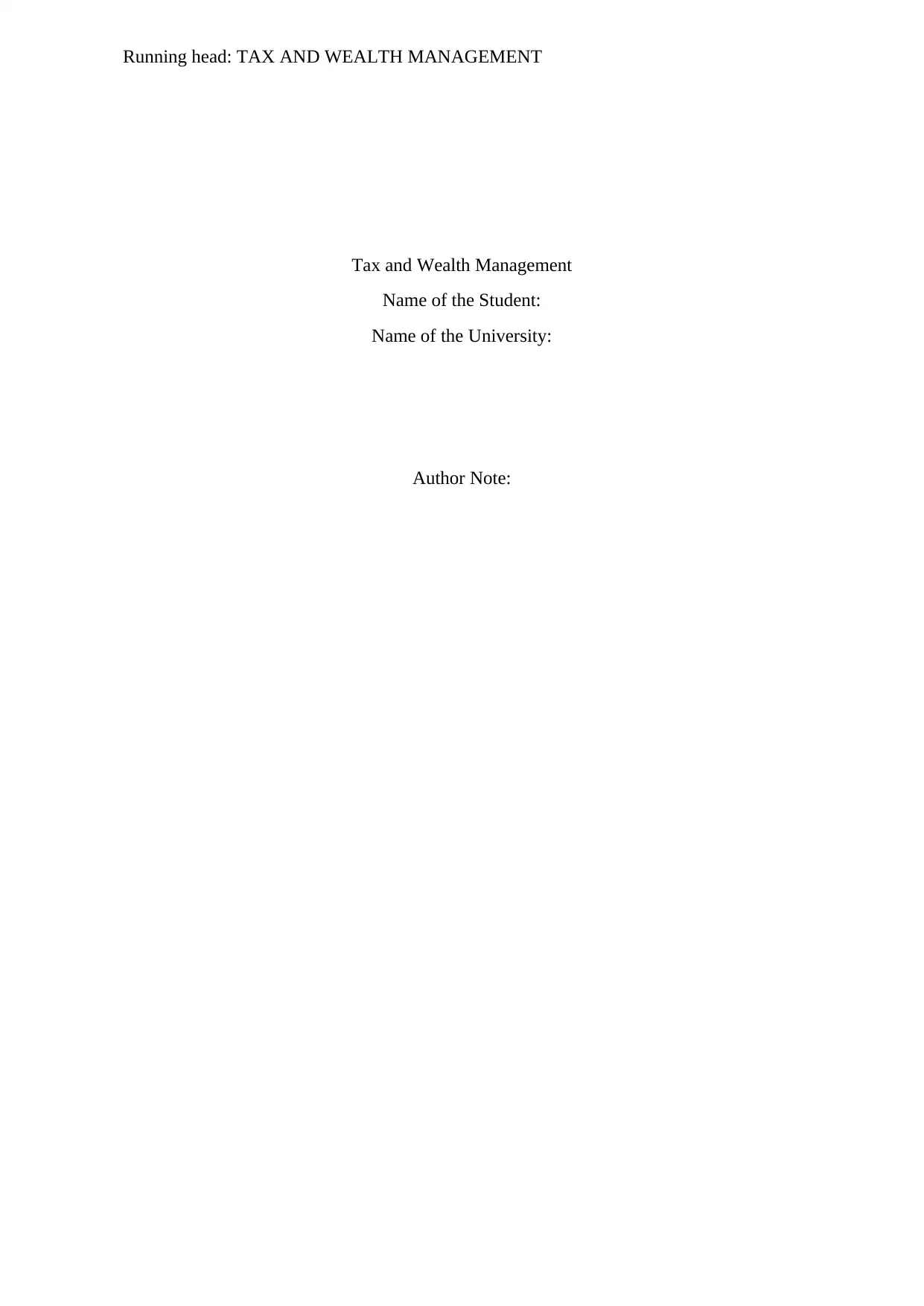
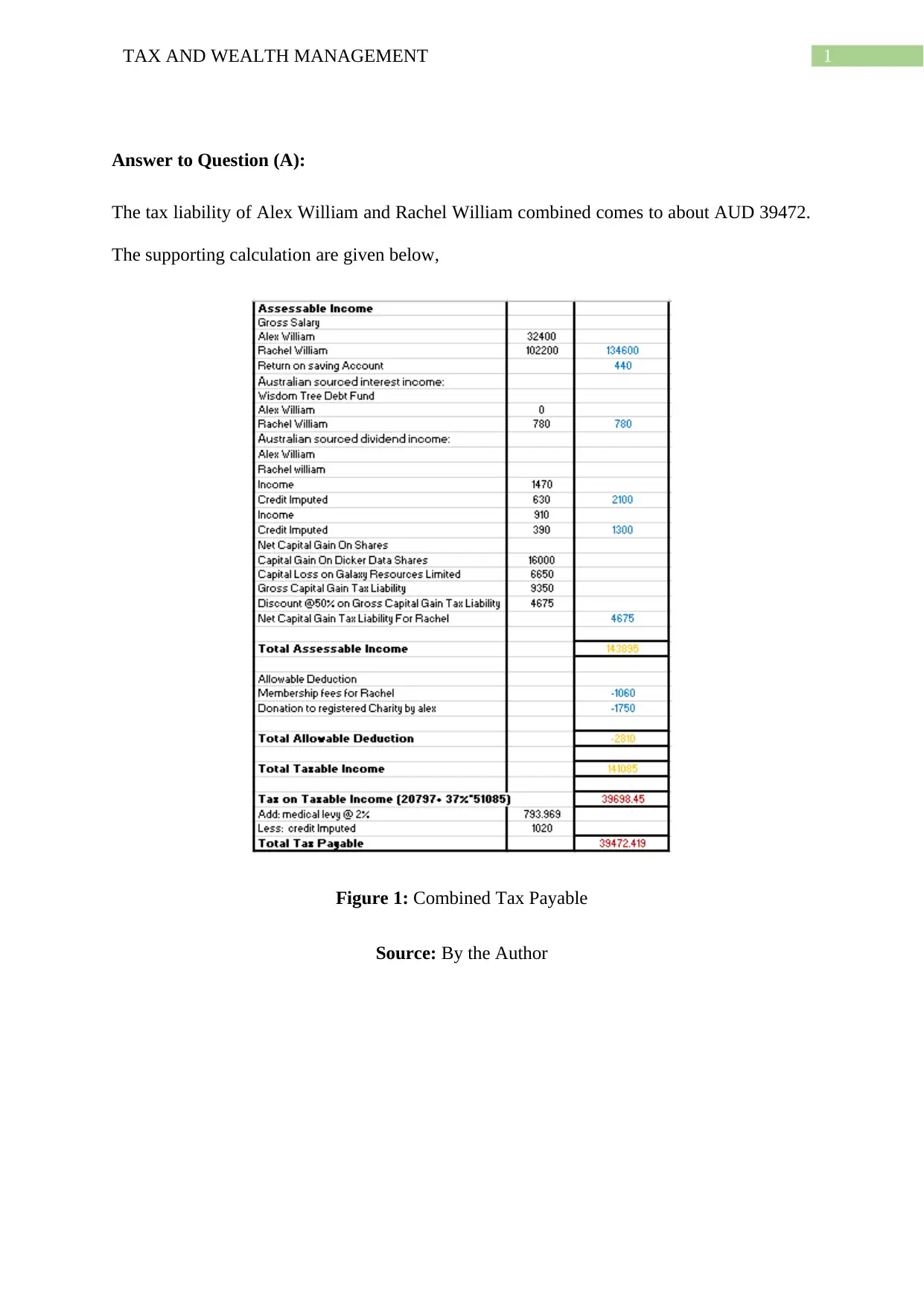
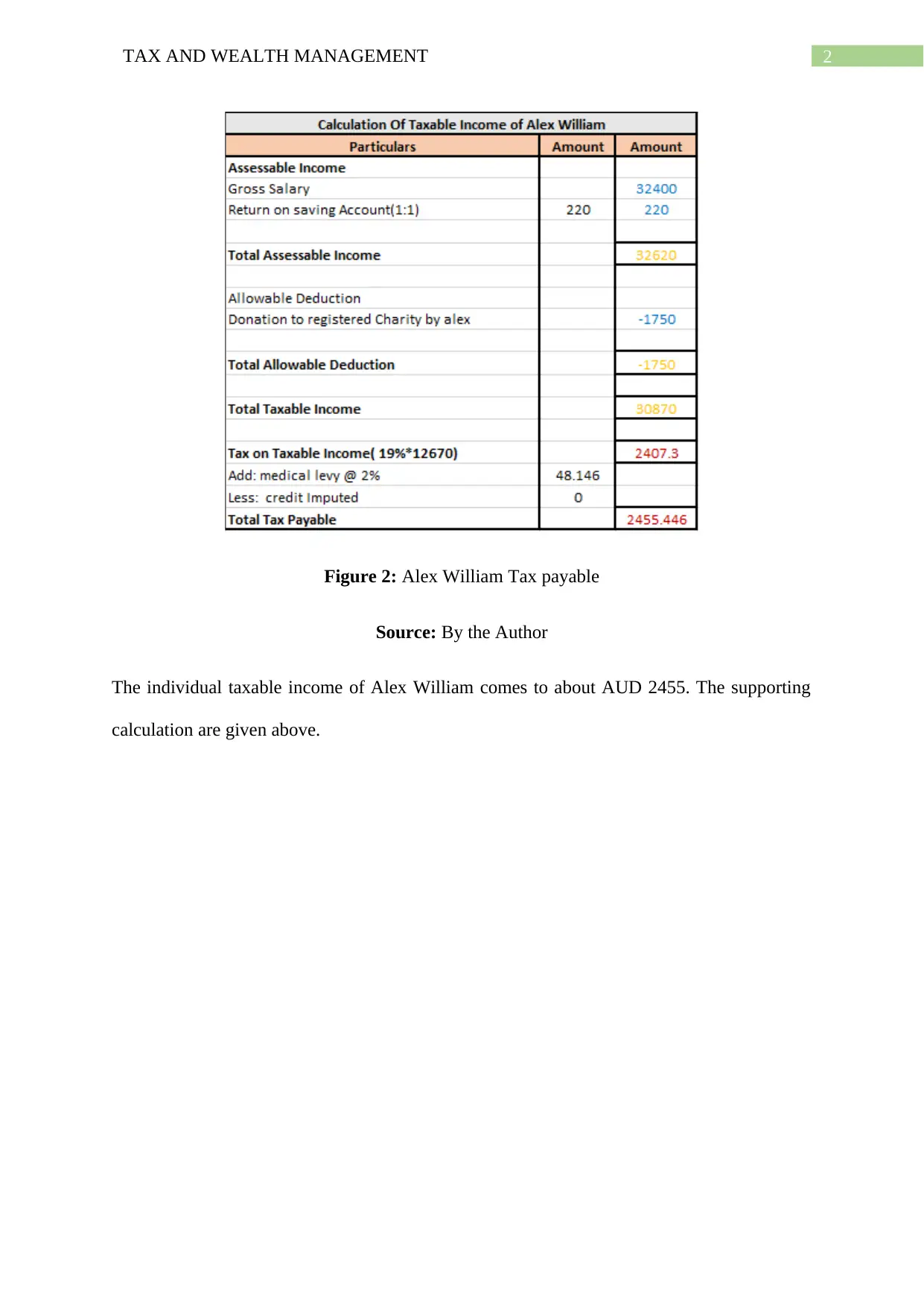

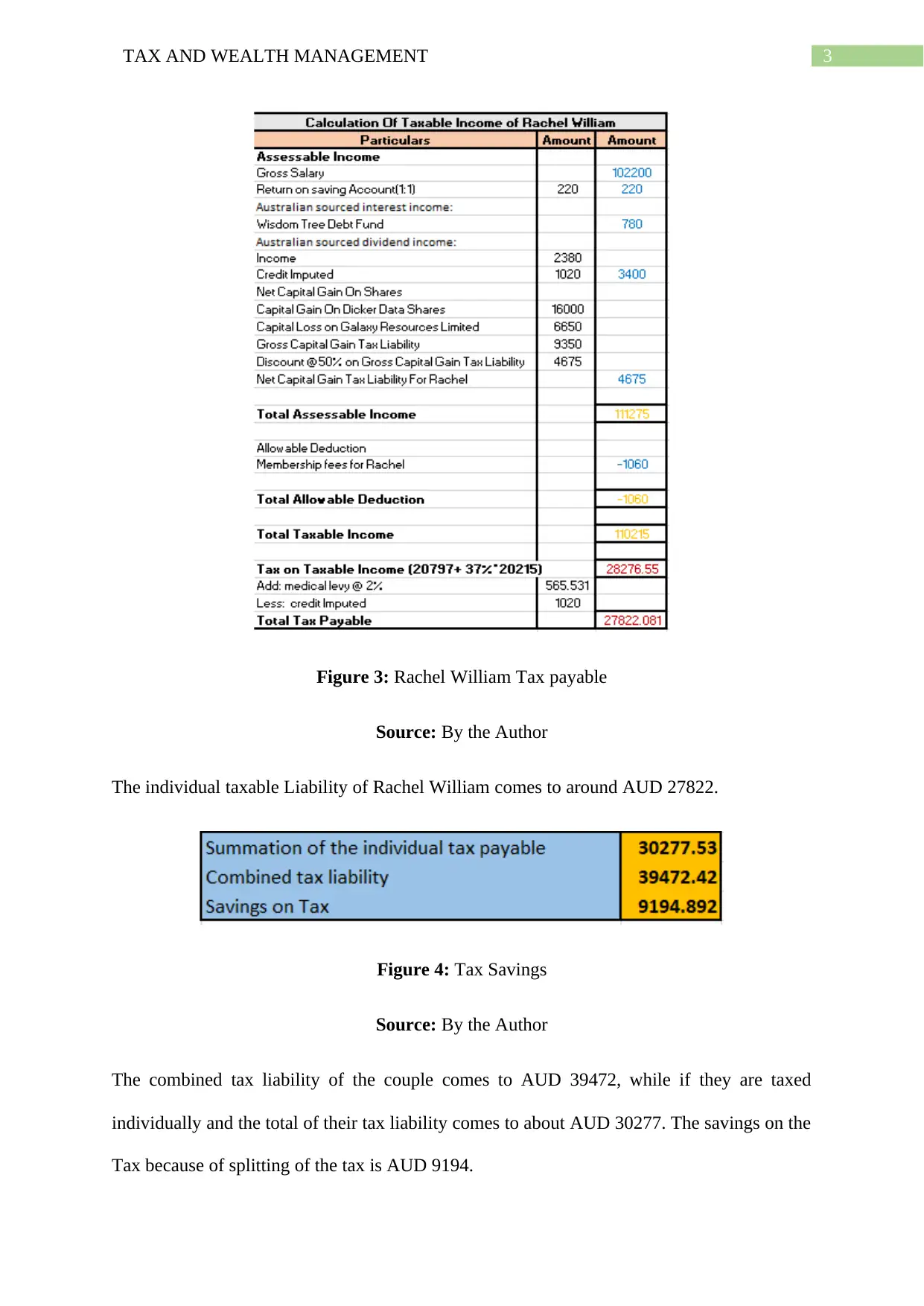
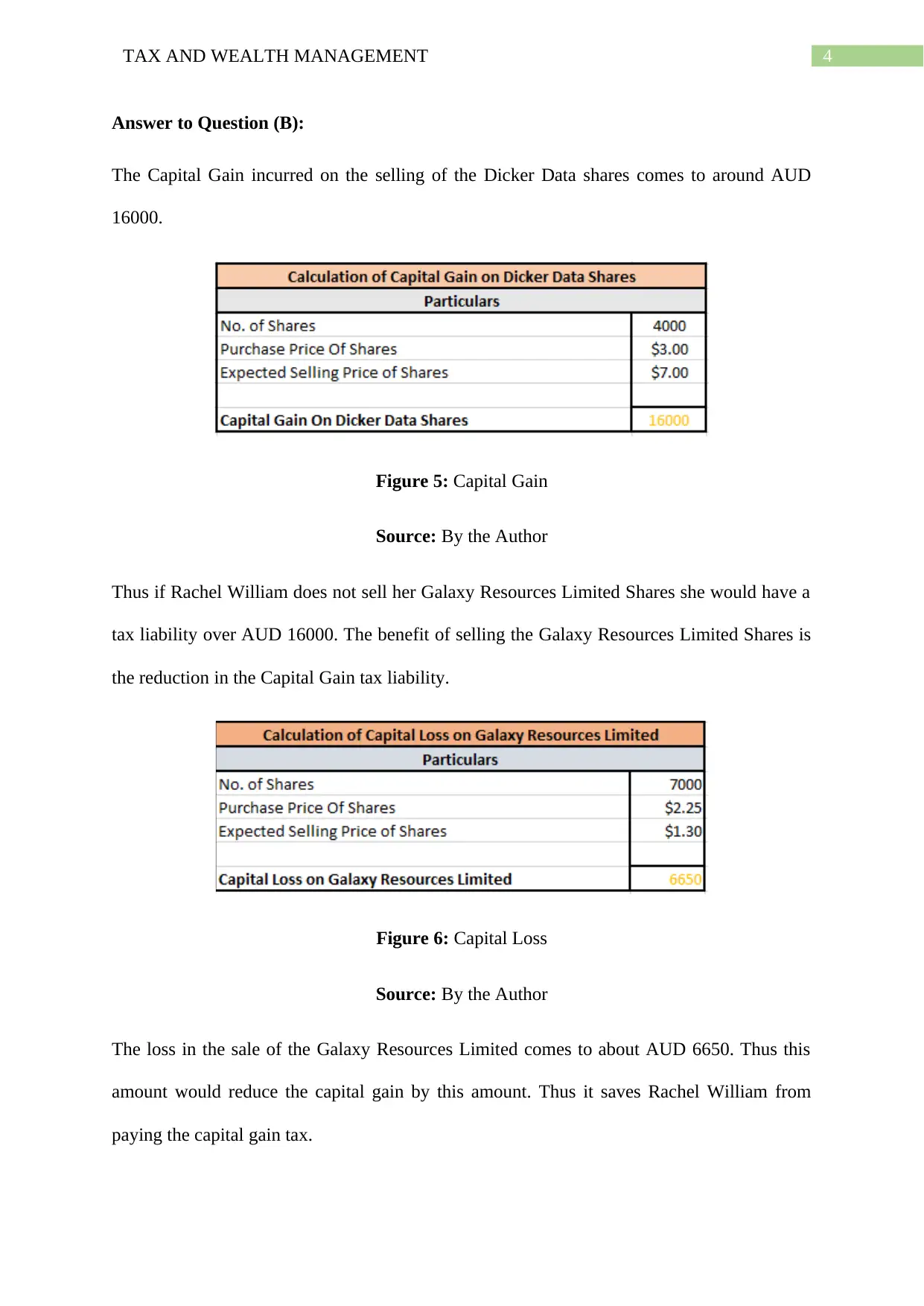
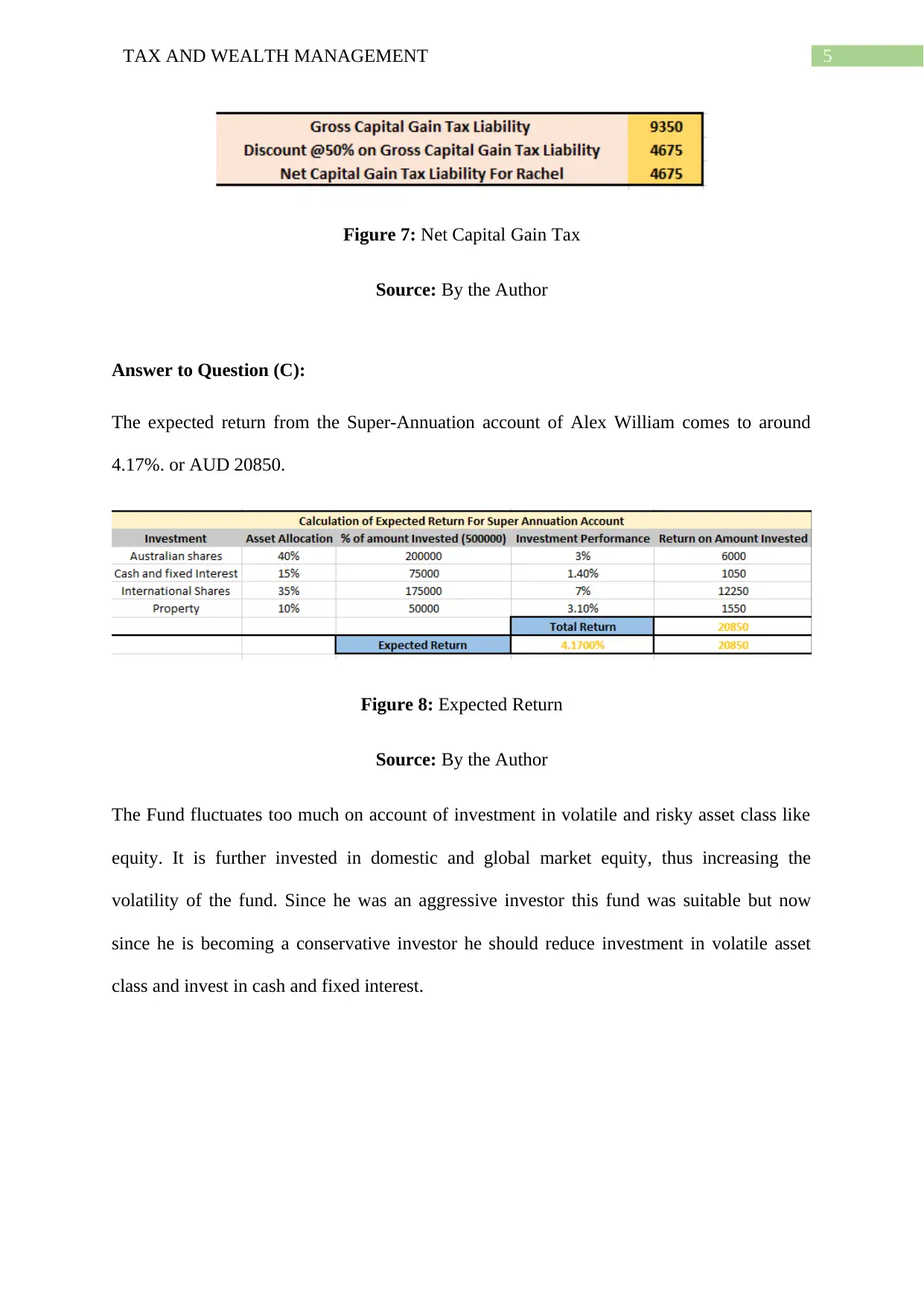
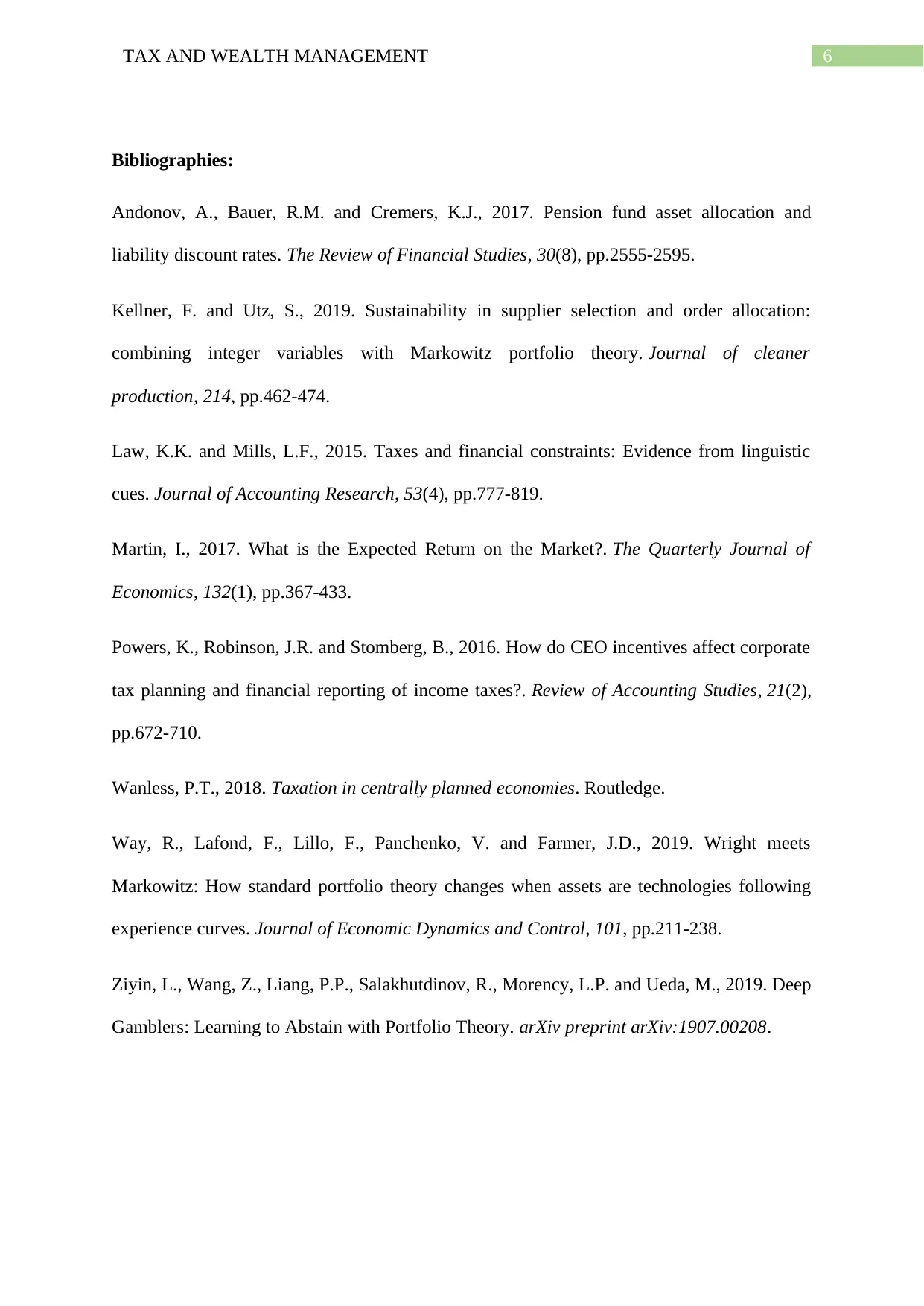



![[object Object]](/_next/static/media/star-bottom.7253800d.svg)